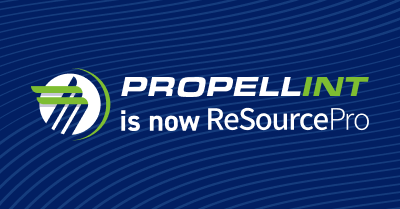From rising customer expectations to talent shortages, today’s employee benefits insurance brokers are being challenged to find new ways to operate more efficiently. Let’s take a look at some of the key trends and factors affecting brokers, and why it’s becoming harder to increase profitability and customer experience.
1. Increasing Market Demands
Employers are facing unprecedented complexity when it comes to managing their benefits programs, from shifting regulatory requirements to the challenges of controlling costs. Today, brokers are expected to provide a significantly elevated level of service. This includes helping employers find innovative ways to drive down healthcare costs, educating them about alternative financing plans, serving as extensions of their human resource departments, and managing and/or digitalizing their benefits delivery and administration. For many agencies, this has led to greater pressure on already taxed operations.
2. Talent Shortages
For insurance organizations across the industry, recruiting and retaining talent is, and will continue to be, a significant barrier to achieving profitable growth and delivering positive customer experiences. With many older insurance professionals leaving the industry, agencies are being drained of the knowledge and expertise necessary to effectively support the needs of employers. As many as 75% of independent agencies are searching for new talent. Yet, according to the Big “I,” 41% of agencies are struggling to find and screen strong candidates.
3. Changing Regulations
New and changing employee benefits regulations—such as the Transparency in Coverage rule, the Consolidated Appropriations Act, and the Department of Labor’s cybersecurity guidance—are a constant concern for insurance organizations and employers alike. Benefits brokers must continually ensure that the coverage they are supplying and its administration are compliant. Failing to do so can not only put employers’ corporate assets at risk but also their personal assets.
Implementing changes because of new or evolving regulations is labor intensive, however, and must be done accurately to avoid exposing the agency or customer to increased risk. These changes may involve training staff on updated procedures, updating systems, checking policies for compliance, and communicating with customers.
4. Seasonality
Every year, renewal season places tremendous stress on insurance organizations across the value chain. During this period, agencies tend to see increased overtime, slower turnaround, and greater risk of employee burnout and administrative processing errors. Now, with many agencies suffering from a reduced workforce due to the Great Resignation and widespread retirement, this already difficult time of year has become more challenging.
Searching for Solutions?
Want to know more about the different approaches benefits brokers are using to address these four trends and how you can go about optimizing your employee benefits operations? Download the full eBook, “Getting Strategic About Employee Benefits Operations.” Don’t forget to visit our Employee Benefits page to learn how ReSource Pro supports benefits brokers.



